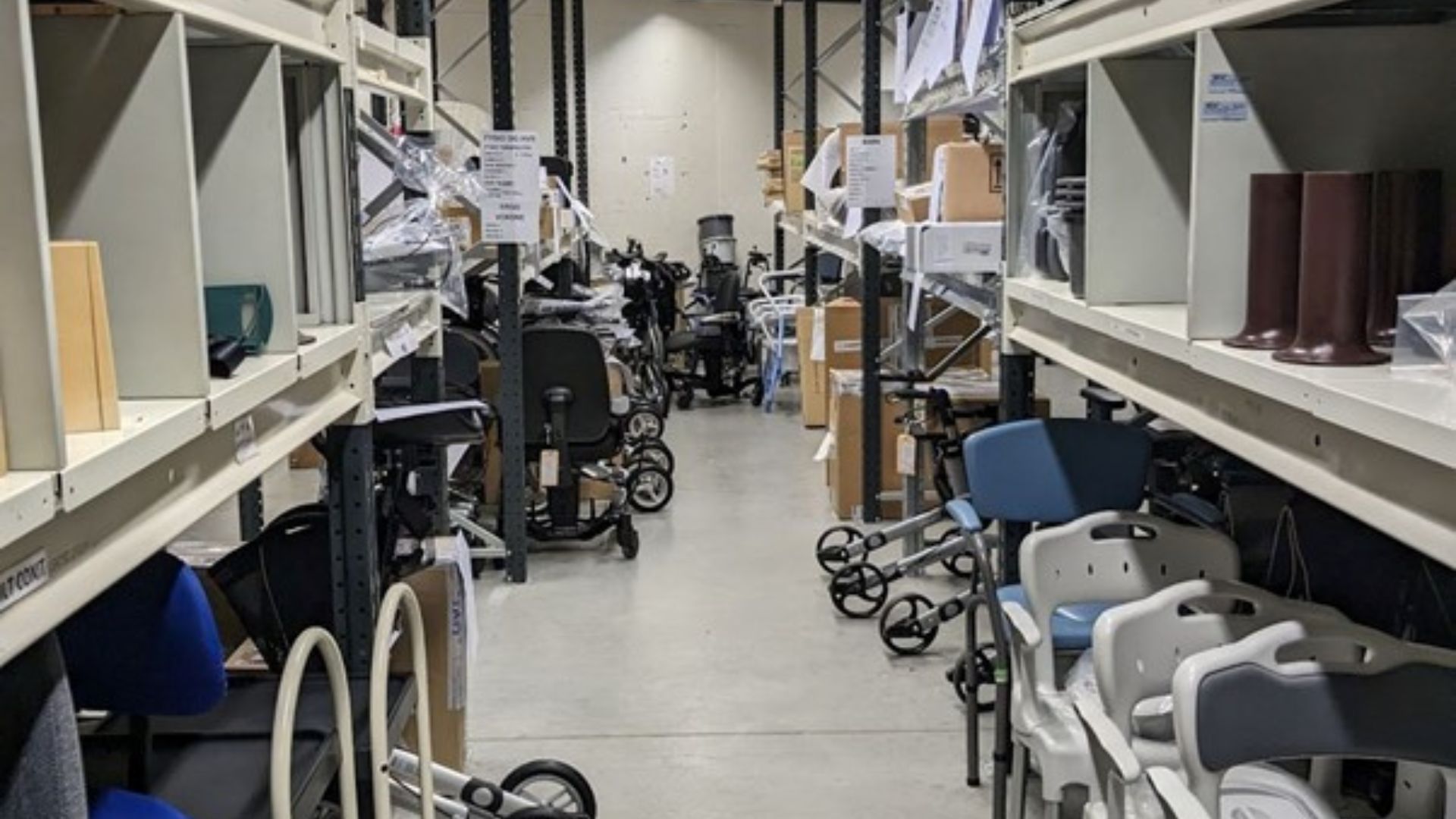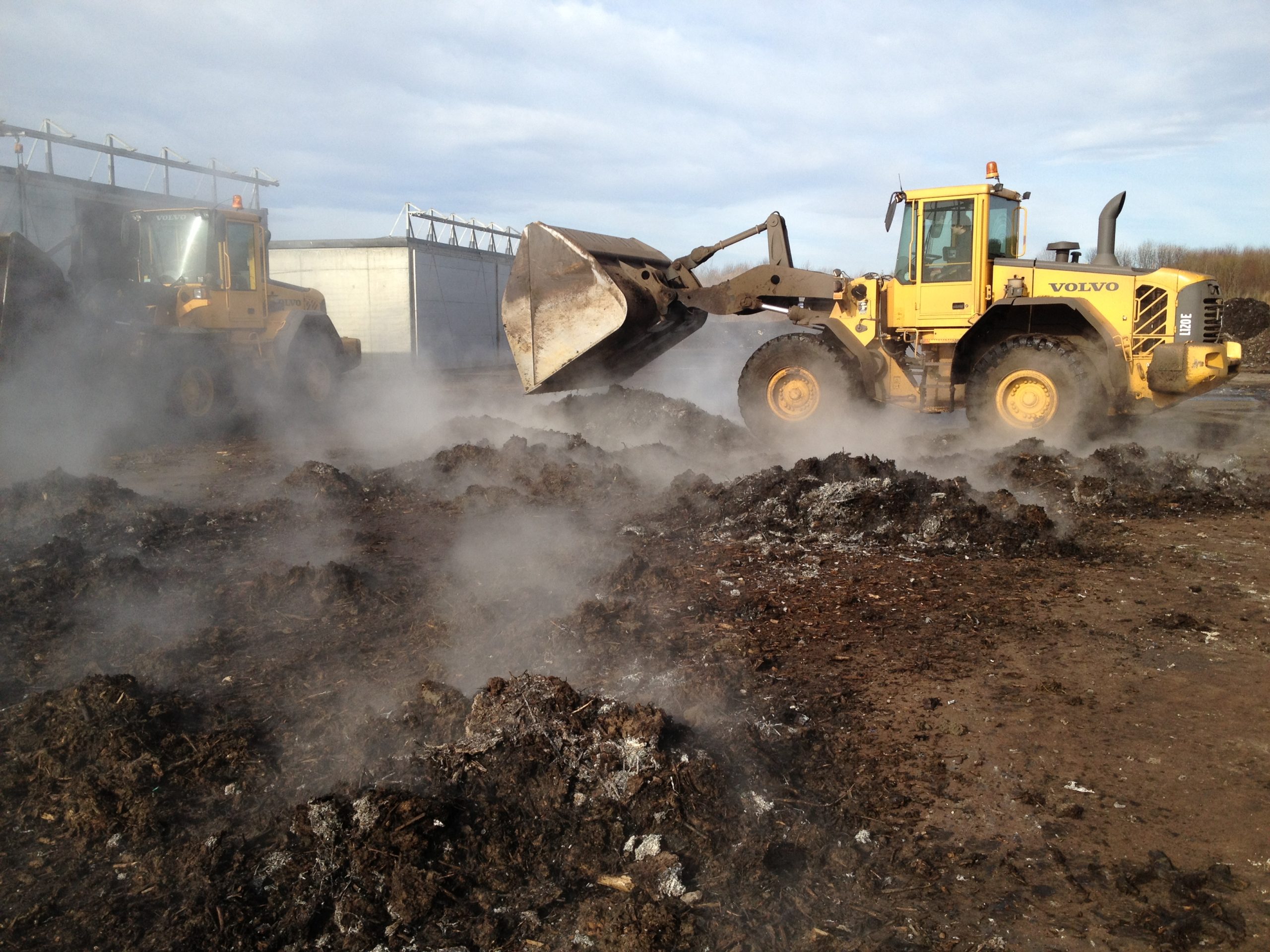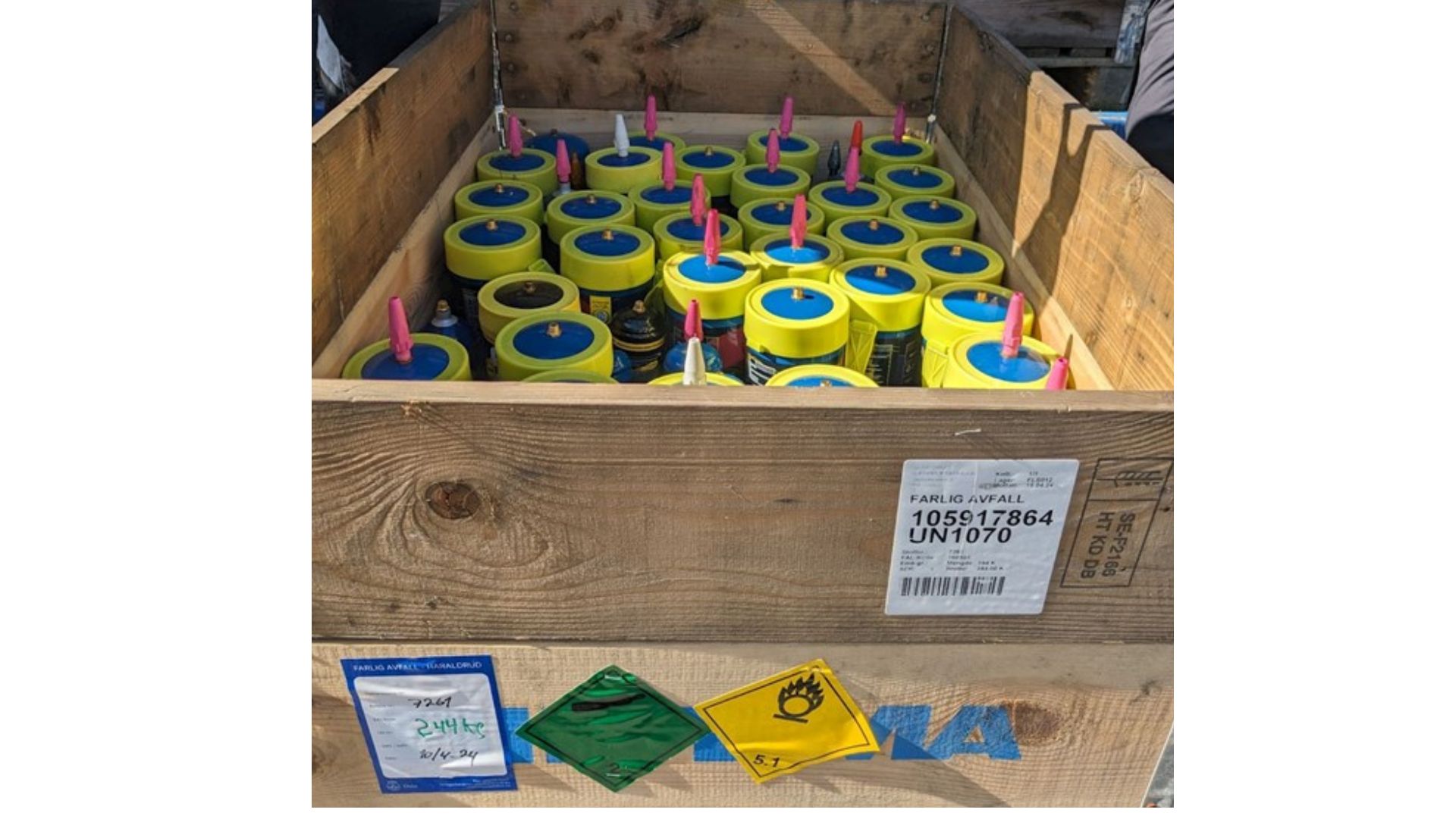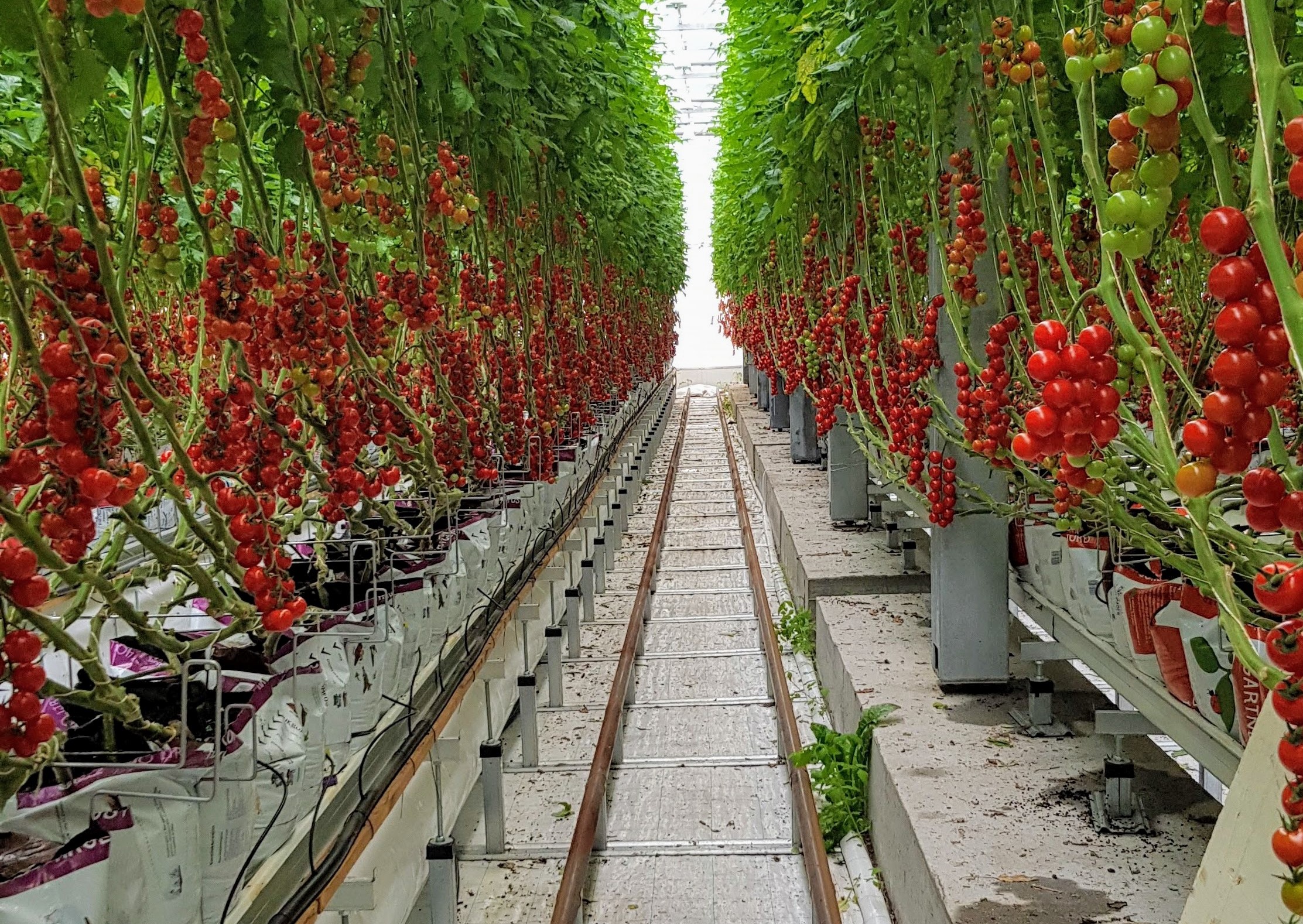Asker municipality aims to be a leading municipality in the field of circular economy and has implemented several successful projects to reduce waste and increase reuse, such as the work on reusing 80% of the municipality's furniture and inventory.Norwaste has now assisted Asker in a new project that has explored the possibility of circular management of aids. An aid is intended to replace or compensate for temporary or permanent functional impairment, such as a walker that helps improve mobility. This project has focused on technical aids.
The project has specifically focused on increasing repair, reuse, and material recycling of aids managed by the municipality's aid service. Asker municipality already reuses many aids, and reuse is built into the municipality's routines and is always considered when an aid is returned. Technical aids, especially for temporary loans, are well-suited for reuse. The description of the municipality's reuse routine could be useful for other municipalities interested in increasing aid reuse. The report also presents several measures to increase reuse and material recycling. To gather information for the project, in-depth interviews were conducted, a pick analysis of discarded aids was performed, and a survey was conducted via the resident panel in Asker municipality.
The report estimates that 5.8 tons of aids are discarded annually in Asker municipality, of which 95% are suitable for material recycling. The analysis shows that 82% of the discarded aids consist of metal, mainly complex metals. Aluminum was the most common metal, and nearly half of the discarded aids were made of aluminium. Based on the findings of the pick analysis, it is estimated that an average of 8.4 kg of CO2 is saved per kilogram of aid reused and a benefit value of 4 kg CO2per kilogram that is recycled. One of the reasons for the CO2 savings come from the high proportion of aluminium in many aids. Aluminium is highly energy-intensive to produce but is well-suited for material recycling. Actual CO2e per kilogram will depend on the materials of the aid itself and the production process, and the estimates contain uncertainties and must be used very cautiously.
Barriers to reuse and repair
The main barriers to reuse are identified as wear and tear, misuse, and delayed returns. To address these challenges, the report proposes measures such as incorporating green requirements into the procurement process, increasing focus on repair and knowledge sharing, as well as digitization to strengthen the culture of reuse and repair. Cost is identified as a central challenge for the repair of aids, and there is a need to recognize the environmental value of repair work as well. More knowledge sharing through internal sharing, collaboration with the reuse coordinator in the municipality, and networking with other municipalities can contribute to faster and more efficient repairs.
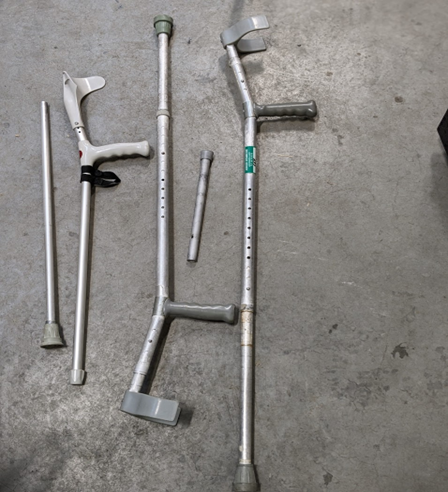
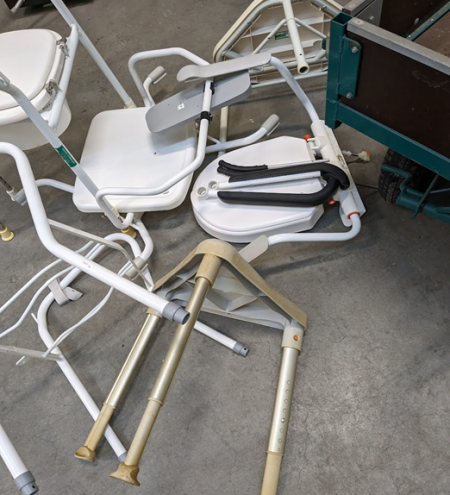
Measures to increase reuse
An important part of Asker municipality's measures is to integrate green requirements into the procurement process. This involves requirements for durability and repairability, which can extend the lifespan of aids and reduce both procurement costs and resource consumption.
To address barriers to reuse, better information and communication have been identified as key measures. The survey revealed, for instance, that the municipality's website is the preferred channel for citizens to find information about aids. Increased awareness among all stakeholders, including users, relatives, and staff members who follow up on users, about the importance of proper use and return of aids, can also contribute to better maintenance and reduced wear and tear. It is considered that information is particularly important in situations where users move, homes are sold, or when dealing with estates. Additionally, there should be a collective effort to increase awareness among users and staff about the importance of proper use and return of aids. This can contribute to better maintenance, less wear and tear, and fewer repair tasks. It has also been considered that digitization and improved digital tools can help simplify follow-up work regarding returns, for example.
The project has been partially financed by Klimasats. The report will be available on the website of the Norwegian Environment Agency (only in Norwegian).
